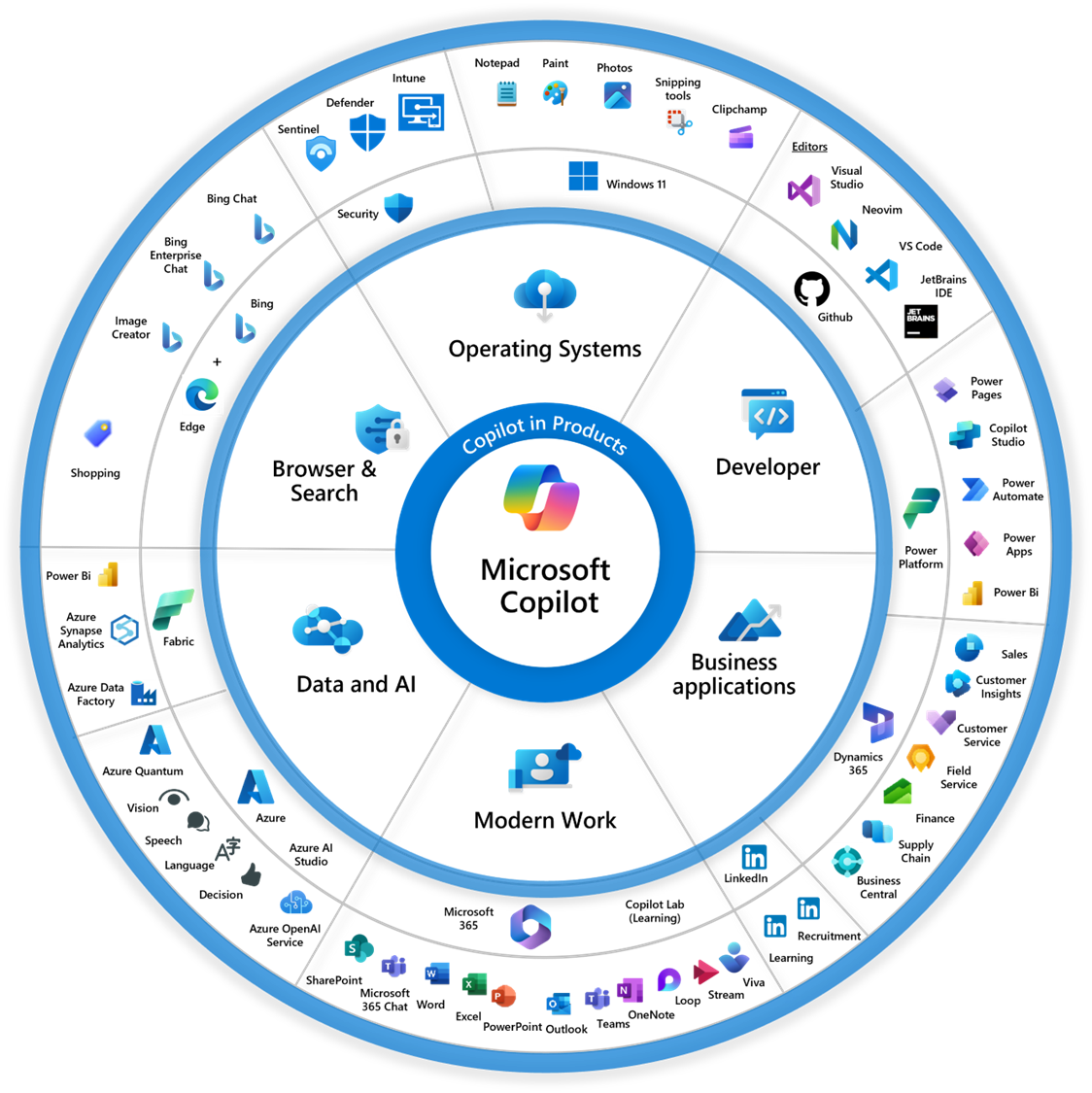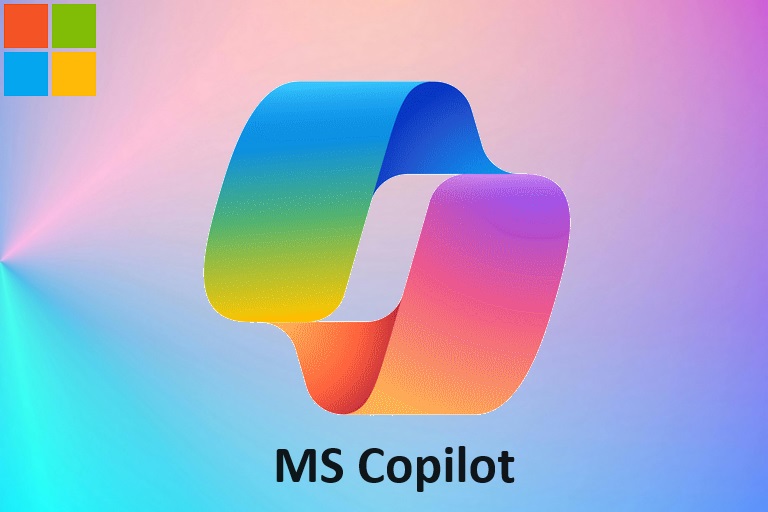If there’s one thing that can be said about AI, it’s that it has fundamentally reshaped our ways of working—particularly generative AI for searching, processing information, and so many other tasks. A large part of those who have tried AI consider it a real accelerator for content creation, images, and more. From idea to solution in just a few minutes—or even seconds!
Several major players stand out for their reputation among users. ChatGPT, Gemini, Grok, Character.ai, Liner, and others (more discreet or with different strategies) are prominent in the consumer sphere. Meanwhile, IBM’s Watsonx.ai for example, is more focused on enterprise solutions.
So where does Copilot fit into all of this?
Before discussing Copilot, it’s important to know about OpenAI, a company specializing in artificial intelligence founded in 2015—originally as a nonprofit, and later as a “capped profit” entity. In 2019, Microsoft made a first major investment of one billion dollars in OpenAI. This partnership propelled the rapid evolution of GPT-3, which was first released in 2020. That same year, Microsoft made another significant investment and became OpenAI’s exclusive cloud provider—meaning ChatGPT now runs on Azure. Overall, Microsoft’s investments in OpenAI have exceeded $8 billion.
Out of this collaboration came Copilot, an AI solution from Microsoft based on OpenAI’s GPT technology. Copilot quickly appeared on platforms like GitHub, Bing, and Office 365, positioning itself as an accelerator for professionals seeking to boost their work. Today, Copilot can be found in most of Microsoft’s tools, as illustrated below.

Does it make sense to have a Copilot in every application?
As a Maker (Power Platform user), I was excited to see the transition from Power Virtual Agent to Copilot Studio because I recognized the value of AI for any ChatBot integrated with Power Platform.
However, at first, I was skeptical about having multiple Copilots across different parts of my user journey. After a few weeks of using Copilot in Dynamics 365, though, I must admit that it makes perfect sense. With Copilot and Azure AI Studio, Microsoft is proving (in my view) to have one of the smartest approaches to AI among the big cloud players—putting it in pole position to become (if it isn’t already) the leading cloud provider in AI.
Consider the countless users of Microsoft Word or Excel; they can now easily benefit from the power of AI directly inside Office 365. Yet the needs in Word differ from those in Outlook or PowerPoint. And crucially, anyone in an organization—whether they are a citizen developer using low-code or a pro developer—can enrich Copilot with new, company-specific features on the same tenant.

The Different Ways to Access Copilot Today
Microsoft’s Copilot can be accessed through a variety of methods, each tailored to different user preferences and platforms :
- Copilot Web Portal: A web-based interface where you can interact with Copilot directly from any modern browser. Try here
- Microsoft 365 Copilot on PC: Integrated directly into the Office suite on Windows, offering in-context assistance in Word, Excel, Outlook, PowerPoint, and more.
- Copilot Mobile Apps (iOS and Android): Stay productive on the go with dedicated Copilot apps, available for both major mobile platforms. iOS Android
- Copilot in the Microsoft Store: A standalone application you can install from the Microsoft Store for seamless desktop integration on Windows devices.
Almost everywhere, and whatever the device you are using, you can leverage the Power of Copilot. By offering multiple avenues to interact with Copilot, Microsoft ensures users can access AI-powered assistance anywhere and anytime they need it.
A Strategy That Targets Different Users
With this multi-pronged approach, Microsoft addresses several audiences simultaneously:
- Enterprise/Business Users (Copilots in Outlook, Excel, etc.)
- Developers (GitHub Copilot & Azure AI Studio)
- Citizen Developers (Copilot Studio)
- Other Segments (Edge & Bing Copilot)
When comparing Microsoft’s approach to other market players, it becomes clear that Microsoft holds a substantial advantage: Microsoft is likely to become the company that puts AI into the hands of the most users.
There’s been plenty of buzz about Google’s Gemini (formerly Bard) versus OpenAI’s ChatGPT. Since GPT indirectly powers Copilot, it is evident that, at scale, Copilot’s usage could be much broader—thus strengthening its ability to address future AI use cases.
Conclusion
Ultimately, Microsoft’s AI-centric strategy—infusing Copilot into its vast software ecosystem—sets it apart as a true leader in the industry. By embedding AI across each of its key products, from Office 365 to Azure and beyond, Microsoft demonstrates its commitment to bringing generative AI to the masses. As a result, the company is uniquely positioned to define the future of AI integration in everyday workflows, further solidifying its leadership role in this rapidly evolving domain.



 Français
Français English
English